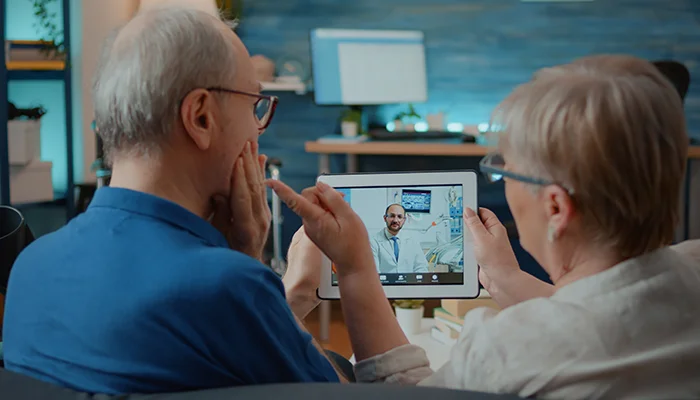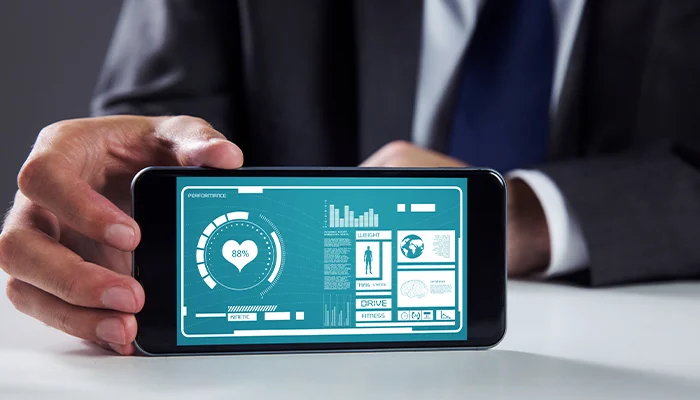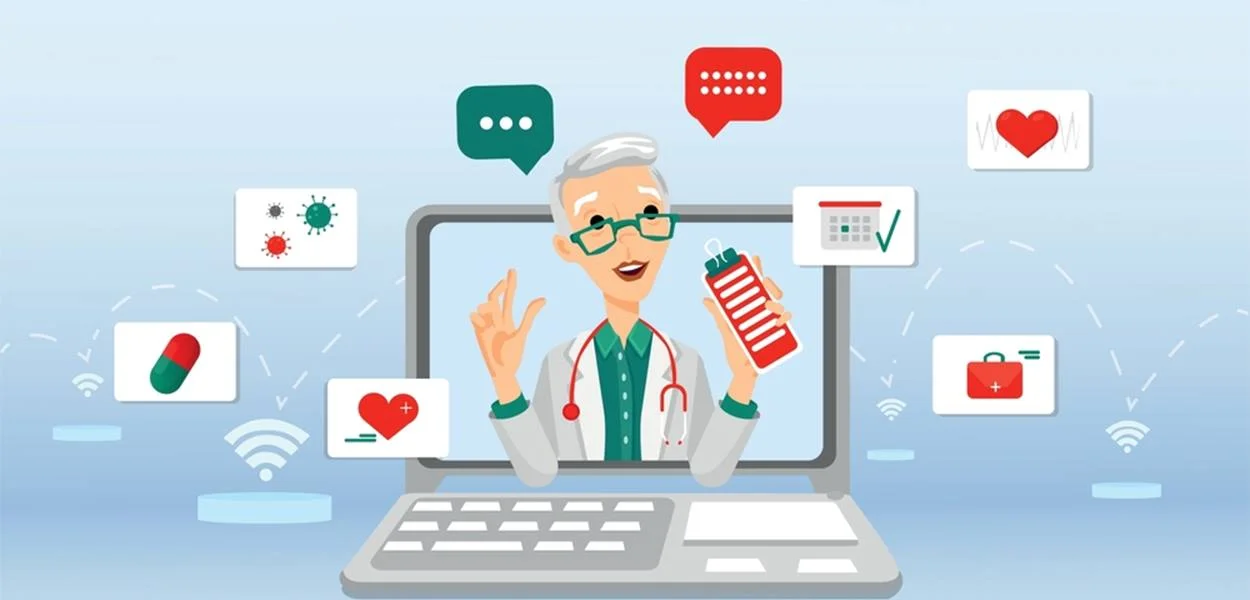
Telehealth Security: How to Protect Patient Data in the Digital Age
July 04
12:40 PM
July 04
12:40 PM
The rise of telehealth has transformed how medical services are delivered, offering convenience, efficiency, and broader access to care. However, this digital shift also brings serious concerns about telehealth security. As healthcare providers increasingly rely on technology to manage appointments, share health data, and communicate with patients remotely, the need for robust telehealth data security becomes critical. Patient trust is built on the assurance that their sensitive medical information remains private and protected. In this blog, we explore why telehealth cybersecurity is essential, the common risks associated with digital health platforms, core components of a secure system, and the regulatory standards that guide compliance in this space.
Why Telehealth Security Matters
Telehealth has become a vital part of modern healthcare. From video consultations to remote monitoring and digital prescriptions, patients are sharing more data online than ever before. As a result, protecting patient data has become a fundamental responsibility for healthcare providers. A breach in patient data security not only jeopardizes patient privacy but also erodes trust and exposes providers to significant legal and financial liabilities. The digital landscape continues to evolve, and so do the tactics used by cybercriminals. Failing to prioritize telemedicine security can lead to identity theft, insurance fraud, data manipulation, and service interruptions.
Additionally, healthcare data is among the most valuable information on the black market, often fetching higher prices than credit card details. This makes healthcare organizations a prime target for hackers and malicious actors.
Common Security Risks in Telehealth
As telehealth expands, so does its exposure to various cybersecurity threats. Understanding these risks is the first step in building a secure framework.
1. Unencrypted Communication Channels: Without encryption, communication between patients and healthcare providers—whether via video call, chat, or email—can be intercepted, leading to unauthorized access to personal health information (PHI).
2. Weak Authentication Processes: User authentication methods that rely solely on usernames and passwords can be easily compromised. This risk is elevated when personal devices are used for accessing sensitive data.
3. Insecure Mobile Applications: Mobile apps used in telehealth services may have vulnerabilities, especially if they are not regularly updated or lack secure coding practices.
4. Phishing and Social Engineering Attacks: Healthcare professionals and patients alike may fall victim to phishing emails or fraudulent links that expose login credentials or install malicious software.
5. Third-Party Vendor Risks: Many telehealth platforms rely on third-party services for storage, video conferencing, or payment processing. If these vendors don’t meet appropriate healthcare cybersecurity standards, they become a weak link.
These risks underline the importance of digital health data protection practices that are proactive, consistent, and comprehensive.
Key Components of Telehealth Security
Effective telehealth cybersecurity requires a multi-layered approach that combines technology, policy, and education. Here are the key components that should be included in any telehealth platform.
1. End-to-End Encryption: All communications should be encrypted both in transit and at rest. This ensures that data cannot be read or altered by unauthorized parties.
2. Multi-Factor Authentication (MFA): Implementing MFA for both healthcare providers and patients adds an extra layer of protection and significantly reduces the risk of unauthorized access.
3. Access Controls and Role-Based Permissions: Limit access to sensitive information based on a user’s role. Not everyone needs access to every part of a patient’s health record.
4. Regular Software Updates and Security Patches: Stay ahead of threats by ensuring that all telehealth software, including mobile apps and server infrastructure, is regularly updated with the latest security patches.
5. Secure Cloud Infrastructure: Choose HIPAA-compliant cloud providers that offer data encryption, secure backups, and incident response support. Cloud security is a foundational element of telehealth data security.
6. Employee Training: Even the best systems can be compromised by human error. Continuous training in healthcare cybersecurity helps staff recognize threats and follow best practices for data handling.
Regulatory and Compliance Standards
In addition to best practices, healthcare organizations must follow legal and regulatory frameworks that ensure HIPAA compliance in telehealth and protect patient privacy.
HIPAA (Health Insurance Portability and Accountability Act)
HIPAA is the primary regulatory standard for handling patient health information in the U.S. Telehealth services must comply with HIPAA’s Privacy Rule, Security Rule, and Breach Notification Rule. This includes:
Using secure and encrypted communication tools
Implementing administrative safeguards (e.g., policies and training)
Conducting regular risk assessments
Ensuring that all business associates are also HIPAA-compliant
HITECH Act
The HITECH Act supports the enforcement of HIPAA and extends responsibilities to include electronic health records (EHRs). It mandates reporting breaches involving more than 500 patients and increases penalties for non-compliance.
State-Level Regulations
Some U.S. states have additional privacy regulations that go beyond HIPAA. Healthcare providers must ensure compliance with both federal and state laws.
International Regulations
For providers serving global patients, understanding and complying with data protection laws such as the General Data Protection Regulation (GDPR) in the EU is crucial for maintaining trust and avoiding fines.
Conclusion
As digital healthcare continues to evolve, ensuring robust telehealth security has become essential. With cyber threats growing increasingly sophisticated and patients more aware of how their personal health information is managed, healthcare providers must prioritize security through proactive strategies. These include implementing encryption, access controls, routine software updates, and comprehensive employee training. Equally important is maintaining regulatory compliance, particularly with HIPAA standards, to uphold ethical data handling and avoid legal repercussions. Whether you are a healthcare provider, technology partner, or telehealth platform operator, investing in strong telehealth data security is critical for long-term trust and operational success. By adopting these measures, organizations not only safeguard patient data but also help build a more secure, resilient digital health ecosystem. In today’s privacy-driven world, digital health data protection is a fundamental responsibility—not an option.









